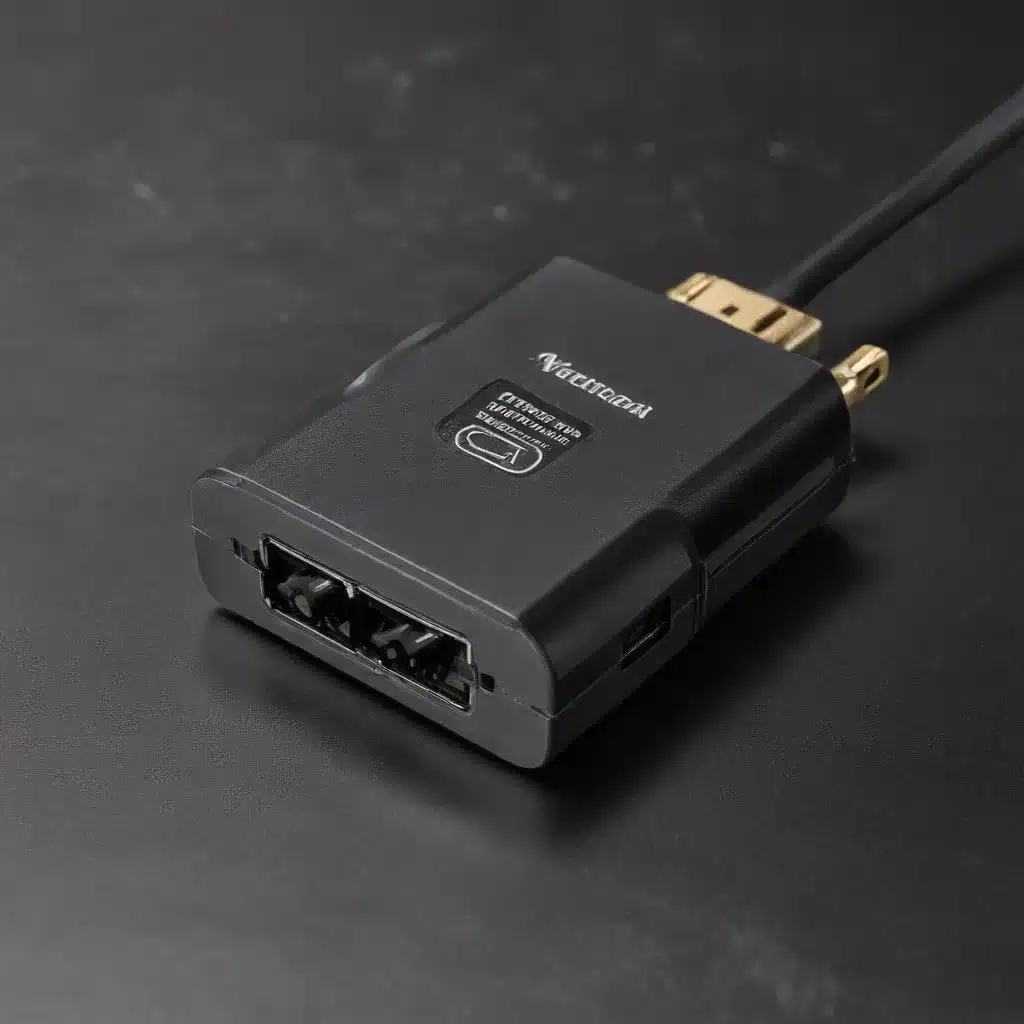
Understanding Wireless Network Limitations
As an experienced IT professional, I’ve encountered numerous cases where users struggle with poor wireless network performance on their laptops. Whether it’s slow internet speeds, frequent disconnections, or limited coverage, these issues can significantly impact productivity and frustrate even the most tech-savvy individuals. However, the good news is that there are several practical steps you can take to enhance your laptop’s wireless capabilities and improve your overall networking experience.
One of the primary culprits behind wireless network woes is the limitations of the built-in networking adapter in your laptop. These adapters, while convenient, often fall short when it comes to delivering the high-speed, reliable connectivity that modern internet services and applications demand. Fortunately, upgrading your laptop’s networking adapter can be a cost-effective way to unlock better wireless performance and unlock the full potential of your internet connection.
Identifying Your Laptop’s Wireless Capabilities
Before embarking on an adapter upgrade, it’s crucial to understand the current capabilities of your laptop’s wireless networking hardware. Check the manufacturer’s specifications or look up the model number to determine the type of wireless technology (e.g., 802.11g, 802.11n, or 802.11ac) and the maximum supported link speeds.
If your laptop is equipped with an older 802.11g or 802.11n adapter, it may struggle to keep up with the ever-increasing demands of modern internet services, especially if you have a high-speed internet plan. In such cases, upgrading to a newer 802.11ac or even 802.11ax (Wi-Fi 6) adapter can make a significant difference in your wireless performance.
Choosing the Right Networking Adapter Upgrade
When selecting a replacement networking adapter for your laptop, there are several key factors to consider:
-
Wireless Standard: Opt for the latest wireless standard available, such as 802.11ac or 802.11ax (Wi-Fi 6), to ensure your laptop can take full advantage of your high-speed internet connection.
-
Link Speed: Look for an adapter that can support the maximum link speed of your internet plan, typically 1 Gbps or higher for the latest fiber-optic services.
-
Compatibility: Ensure the adapter is compatible with your laptop’s hardware and operating system. Check the manufacturer’s recommendations and read reviews to ensure a smooth installation and seamless integration.
-
Antenna Design: Consider adapters with high-gain, directional antennas that can improve signal strength and coverage, especially in challenging environments with interference or obstructions.
-
Dual-Band Capability: Prioritize adapters that support both the 2.4 GHz and 5 GHz wireless bands, as the 5 GHz band can often provide faster and more reliable connections.
To help you make an informed decision, here’s a comparison table of some popular wireless networking adapter upgrades:
| Adapter Model | Wireless Standard | Link Speed | Dual-Band | Antenna Type |
|---|---|---|---|---|
| TP-Link Archer T9UH | 802.11ac | 1.3 Gbps | Yes | High-gain, Directional |
| Netgear A6210 | 802.11ac | 867 Mbps | Yes | High-gain, Directional |
| Intel Wireless-AC 9260 | 802.11ac | 1.73 Gbps | Yes | Omnidirectional |
| Asus PCE-AC88 | 802.11ac | 2.4 Gbps | Yes | High-gain, Directional |
| Intel Wireless-AX200 | 802.11ax (Wi-Fi 6) | 2.4 Gbps | Yes | Omnidirectional |
Remember, the specific adapter you choose will depend on your laptop’s capabilities, your internet plan, and the unique characteristics of your home or office environment.
Upgrading Your Laptop’s Networking Adapter
Once you’ve selected the appropriate networking adapter, the process of upgrading your laptop’s wireless hardware is relatively straightforward. Depending on your laptop’s design, you may need to either:
-
Replace the Internal Wireless Card: Many laptops have a dedicated slot or M.2 interface for the wireless networking adapter. In such cases, you can simply remove the existing card and replace it with the new adapter.
-
Use a USB Wireless Adapter: If your laptop doesn’t have a dedicated wireless card slot, you can opt for a USB-based wireless adapter. These plug-and-play devices can provide a significant performance boost without requiring any internal modifications.
Regardless of the upgrade method, be sure to follow the manufacturer’s instructions carefully to ensure a successful installation. This may involve downloading and installing the latest drivers, configuring the adapter settings, and potentially updating your laptop’s BIOS or firmware.
Optimizing Wireless Network Performance
After upgrading your laptop’s networking adapter, you can take additional steps to further optimize your wireless network performance:
-
Strategically Place Your Router: Position your wireless router or access point in a central location, away from obstructions and interference sources, such as walls, floors, and metal objects.
-
Adjust Wireless Channels: Experiment with different wireless channels on your router to find the one with the least interference from nearby networks or other wireless devices.
-
Upgrade Your Router: If your existing router is outdated or struggling to keep up with your internet plan, consider upgrading to a newer, more powerful model that supports the latest wireless standards.
-
Disable Power-Saving Features: Some laptops or operating systems may have power-saving features that can limit the performance of the wireless adapter. Disable these features to ensure the adapter operates at its full potential.
-
Keep Drivers and Firmware Up-to-Date: Regularly check for and install the latest driver updates and firmware updates for both your laptop’s networking adapter and your wireless router to ensure optimal performance and security.
By following these steps, you can unlock the full potential of your upgraded laptop networking adapter and enjoy a seamless, high-performance wireless experience. Remember, the IT Fix blog is always here to provide practical tips and in-depth insights to help you troubleshoot and optimize your technology solutions.












